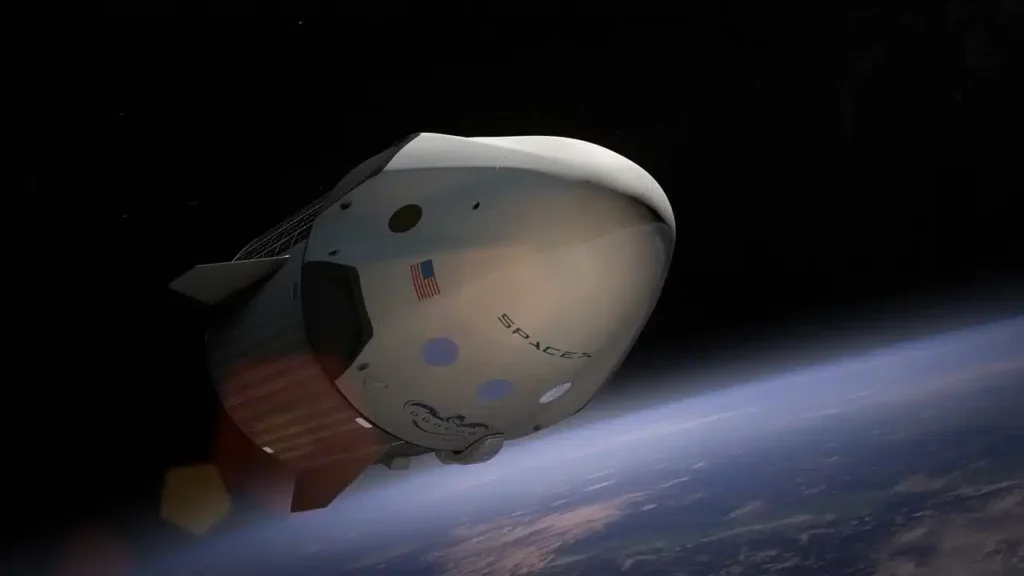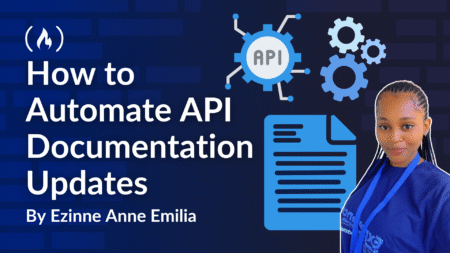
SpaceX’s Starlink internet service suffered a major international outage, disconnecting tens of thousands of users for over two hours. The Starlink outage began around 3 p.m. Eastern Time (19:00 GMT), according to reports on Downdetector, with over 61,000 users submitting complaints in a matter of minutes. The issue lasted approximately 2.5 hours and, as confirmed by Starlink’s Vice President of Engineering Michael Nicolls, was caused by the “failure of key internal software services that operate the core network.”
“We apologize for the temporary disruption in our service; we are deeply committed to providing a highly reliable network, and will fully root cause this issue and ensure it does not occur again,” Nicolls posted on X (formerly Twitter).

SpaceX CEO Elon Musk echoed the apology: “Sorry for the outage. SpaceX will remedy root cause to ensure it doesn’t happen again,” he wrote on the platform he also owns.
Starlink Outage, More Than Just a Blip
Although the incident was resolved relatively quickly, it has left a unanswered questions among users and industry watchers. Starlink, which serves over six million users across more than 140 countries and territories, has long been praised for its reliability, especially in remote and underserved areas. But this Startling outage incident highlighted a potential Achilles’ heel: overdependence on centralized software systems in a network that is otherwise highly distributed.
For a service that’s marketed as resilient and increasingly mission-critical, especially for rural users, transportation systems, emergency responders, and even military operations, a network failure of this magnitude is not just a technical glitch. It’s a trust issue.
And trust, in the satellite internet game, is everything.
Speculations Run Wild
While the company has attributed the issue to internal software service failures, the nature of the outage has triggered speculation ranging from failed software updates to possible cyberattacks.
In a time when even highly secure networks are being targeted globally, any unexplained service disruption of this scale inevitably leads to broader cybersecurity concerns.
To SpaceX’s credit, the communication has been transparent, prompt updates from top executives, including Musk himself, are a rarity in such scenarios. But that hasn’t stopped critics from pointing out the inherent risk in building global infrastructure that still relies on software systems vulnerable to failure.
The Growing Pains of a Global Ambition
Since 2020, SpaceX has launched more than 8,000 Starlink satellites into low-Earth orbit, creating a vast constellation aimed at providing internet coverage anywhere on Earth. The network has expanded at a pace few expected, winning over consumers with its performance in areas poorly served by traditional fiber or cable networks.
More recently, Starlink has focused on upgrading its infrastructure to meet rising demand for speed and bandwidth. The company has also teamed up with T-Mobile to provide direct-to-cell satellite services, allowing users to send text messages even in areas with no cellular coverage. Larger and more advanced satellites are being introduced to support this new service line.
All this makes the outage even more concerning. As Starlink becomes more integrated into essential services, from emergency response to military communications, it simply cannot afford downtime, certainly not on this scale.
Elon Musk’s Focus Shifts to Vine, Not Starlink Outage
Interestingly, while Starlink engineers scrambled to get the service back online, Elon Musk took to X with a completely different announcement: the revival of Vine. Yes, the six-second video app that once ruled short-form video before TikTok was even a thing.
“Vine will return—in AI form,” Musk posted, nearly nine years after the platform was shuttered by Twitter in 2017 due to monetization struggles.
Vine was a ground for viral content and internet stardom. Its return, particularly powered by artificial intelligence (AI), hints at Musk’s broader ambitions for X to be more than a microblogging site.
But the timing raised eyebrows. On the one hand, Starlink, a core SpaceX business, is facing serious reliability scrutiny. On the other, Musk is teasing flashy AI-powered social media experiments. It’s a plain contrast in priorities, and not everyone is convinced that both can coexist without one being neglected.
Why This Story Matters
This is not just about a temporary Starlink outage. It’s about the resilience and readiness of next-gen infrastructure that is increasingly being positioned as the future of global internet access. As services like Starlink become deeply embedded in our everyday lives and critical sectors, their reliability is no longer optional, it’s foundational.
The Starlink Outage incident also sheds light on the broader question of how much faith we place in single points of failure, even in supposedly decentralized systems. Whether it’s an internal software flaw or a vulnerability waiting to be exploited, this event should be a wake-up call for both providers and users.
Source: Read More

